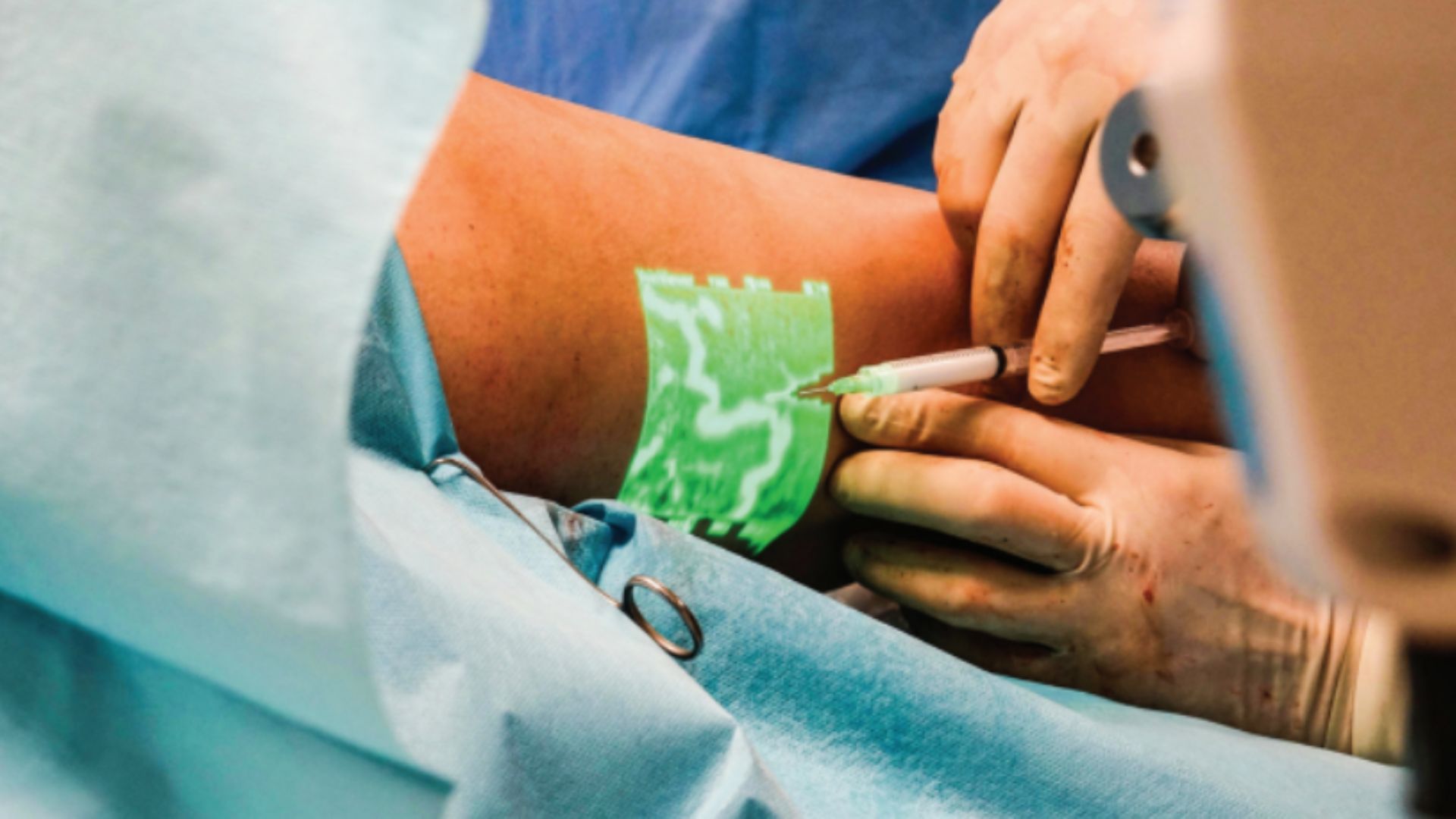Say goodbye to ugly veins
Assessing the effectiveness of sclerotherapy for vein treatment
Sclerotherapy offers a promising solution for those struggling with varicose and spider veins, providing cosmetic and symptomatic relief from pain, swelling, and fatigue associated with venous disorders. This procedure, which works by damaging the vein walls and leading to their collapse and disappearance, leverages the body’s natural healing processes to eliminate these vascular irregularities. In this procedure, a sclerosing agent is injected into the problematic vein, inciting an inflammatory response that results in the vein’s shutdown. Foam sclerotherapy represents a significant advancement in this area, yielding stronger and more efficient results, particularly in larger varicose veins. The foam technique increases the surface contact within the vein, enhancing the effectiveness of the sclerosing agent over its liquid counterpart.

The success of sclerotherapy heavily depends on the post-procedure care. It involves applying steroid creams to reduce inflammation and wearing compression stockings for a week to aid in vein healing and closure. Patients are also encouraged to maintain light physical activity, like walking for a minimum of 30 minutes after the procedure, to improve blood circulation. They should however avoid heavy lifting and running for two weeks to prevent any potential complications.
Sclerotherapy is versatile, catering to various vein sizes and patient requirements. For instance, glycerin is particularly effective for treating tiny leg veins, or telangiectasias, while nitroglycerin ointment is suggested for managing white blanching areas after sclerotherapy.
Despite its broad applicability and high success rates, sclerotherapy comes with its cons. The procedure is contraindicated for individuals who have a history of allergic reactions to the sclerosing agents, those with a history of pulmonary embolism, pregnant or lactating women, and patients with uncontrolled diabetes. Also, patients taking contraceptive pills and anticoagulants should stop the medicines first for two weeks before doing sclerotherapy. While generally safe, sclerotherapy can result in some common side effects like hyperpigmentation along the treated vein, which typically resolves over time.
The procedural specifics are done by medical doctors who were trained to do vein treatment to ensure efficacy and safety. Only limited volumes of the sclerosant—up to 0.5 to 1 cc per affected vein and a maximum of 10 cc per session—are administered to minimize the risk of complications.
Follow-up treatments, if necessary, are scheduled at least three months apart to allow for proper healing and assessment of treatment success.
In summary, sclerotherapy stands out as a flexible and efficient method for treating vein-related problems, greatly enhancing people’s lives by tackling the aesthetic and symptomatic challenges of vein disorders. With the right choice of patients, compliance with aftercare guidelines, and skilled implementation by seasoned experts, sclerotherapy provides a dependable and effective option for individuals looking to alleviate varicose and spider veins. As with all medical treatments, it’s crucial to consult a healthcare provider to identify the most suitable strategy for each unique situation.